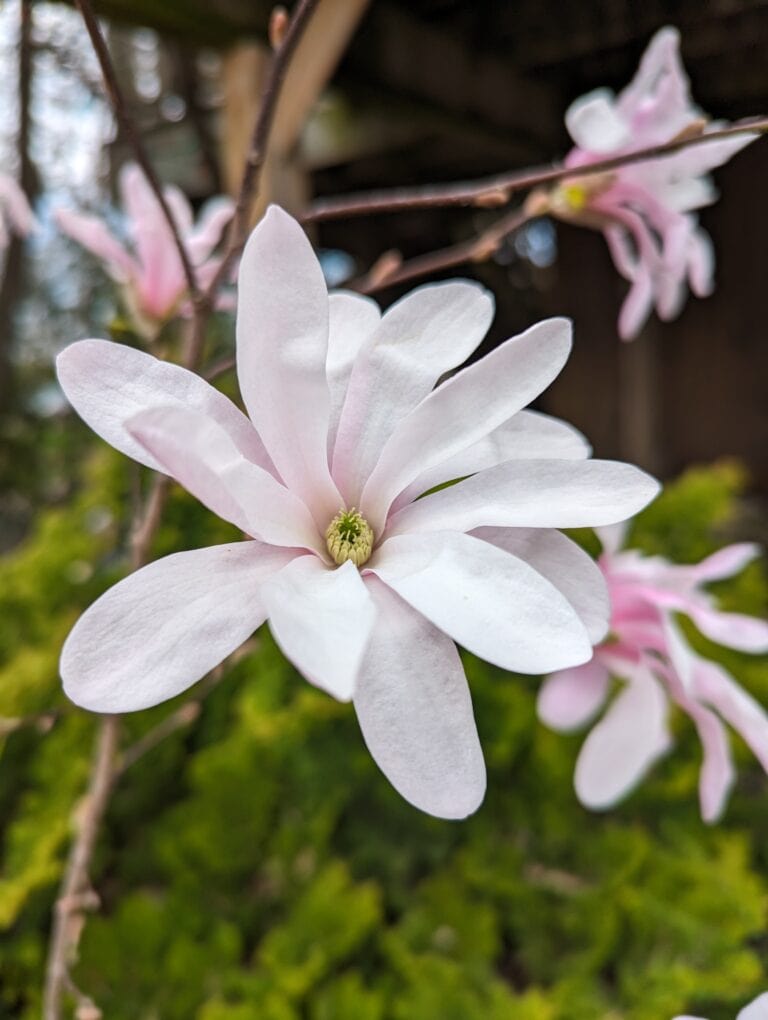The staff of Ravine Winery shares their expertise and offer a brief explanation about an aspect of wine in this regular feature. So, whether you’re an expert oenophile or a newbie just finding your way around wine country, we trust you’ll enjoy. Cheers!
Phylloxera
A microscopic aphid-like insect, phylloxera resides in the rootstock of a grapevine cutting off nutrients and water, eventually killing the vine. It evolved in North America, due to various conditions, including harsh weather, developing somewhat of a resistance to this pest. Unfortunately, European rootstock (vitas vinifera) did not develop such resistance. In the mid 1800s, the French tried to cultivate North American vines from Virginia and didn’t realize that they were about to have about 80 per cent of their vines wiped out in a matter of four years due to the infestation. This story led to the origin of A.O.C. – Appellation d’origine controlee – France’s version of VQA. We’ll visit this subject another time.
However, a solution was developed, one that is still used today: the European vitas vinifera is grafted onto the North American rootstock. The North American rootstock is able to get water and nutrients from the ground to the rest of the vine unaffected by still existing phylloxera. Most wine-making regions around the world use this practice to grow healthy vines, including France, Germany, Italy, the U.S. and Canada. Phylloxera the Devastator was aptly named and changed the course of grape growing around the world.



.jpg)






